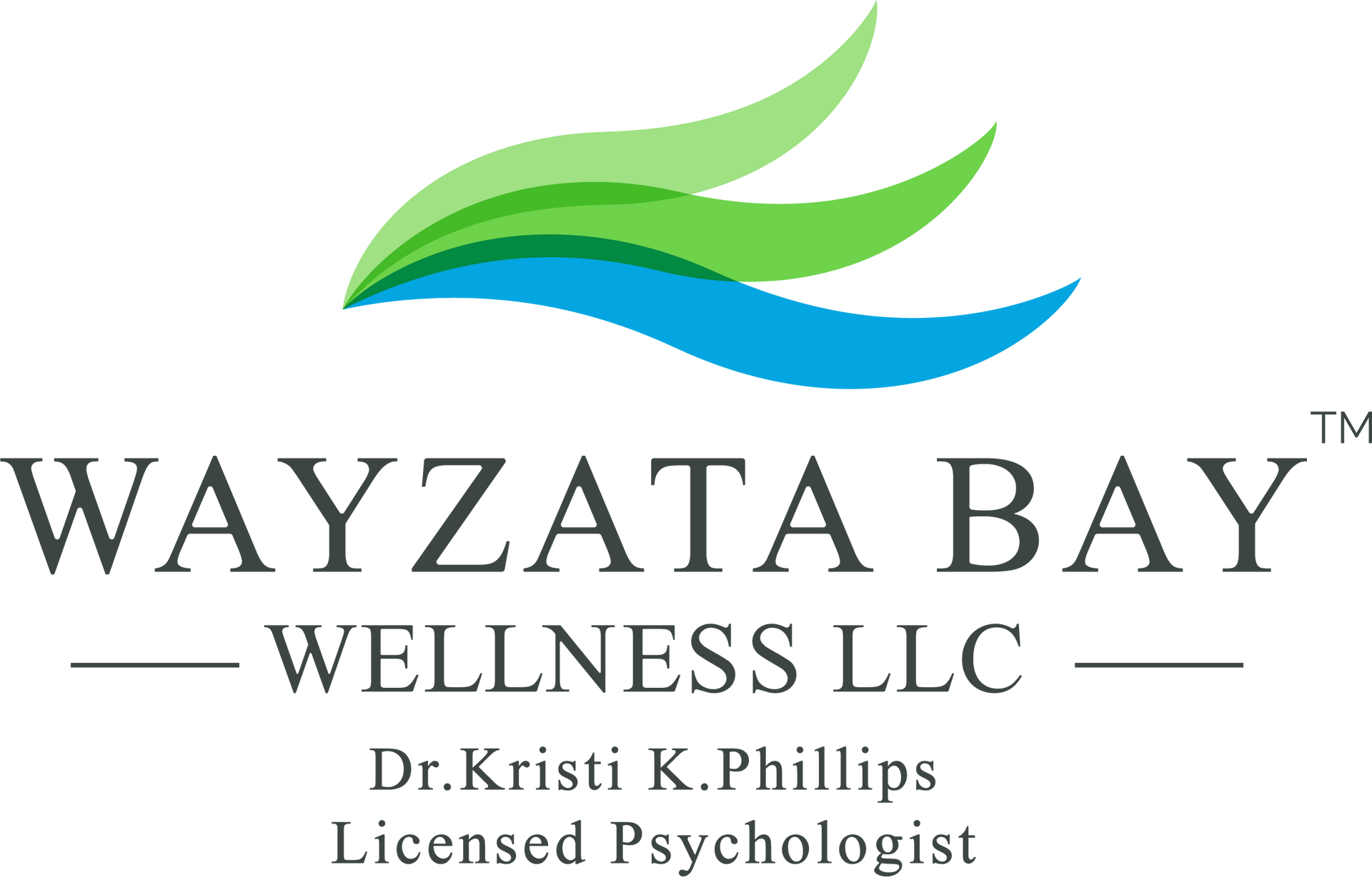Celebrating National Autism Awareness Month

Autism, or autism spectrum disorder (ASD), describes a host of conditions that are generally characterized by challenges with speech and nonverbal communication, social skills, and repetitive behaviors. According to the CDC, autism affects roughly 1 in 44 children in the United States today. And it affects children from all racial, ethnic, and socioeconomic backgrounds.
While more people know about autism than at any other time in history, it is important to continue spreading awareness. And that is why April has officially been declared National Autism Awareness Month.
The first National Autism Awareness Month was declared back in 1970 by the Autism Society with the aim of educating the public about autism. The more informed the public is, the more supportive and empathetic they will be toward those with autism and their family.
What Can You Do to Lend Your Support This April?
So you want to help celebrate National Autism Awareness Month. That’s awesome! Here are some ways you and your family can help spread awareness:
Donate
A great way to support the cause is to make a donation to an organization that directly funds research and services. The Autism Society is always happy to receive donations so they may continue to offer support and resources to thousands of families across the country.
Wear an Autism Awareness Ribbon
The Autism Society’s puzzle piece ribbon was designed to show just how complex and diverse the people on the spectrum are. Wearing this ribbon, whether on your person or adding it to your social media profile picture, invites others to see what the cause is all about.
Walk the Walk
Each year there are hundreds of autism walks in April all around the country. Find one near you and get your friends and family to join you!
Autism can make life challenging for those with the condition and for those who love them. But by spreading awareness, more people can understand the condition and support those in their community.
SOURCES:
